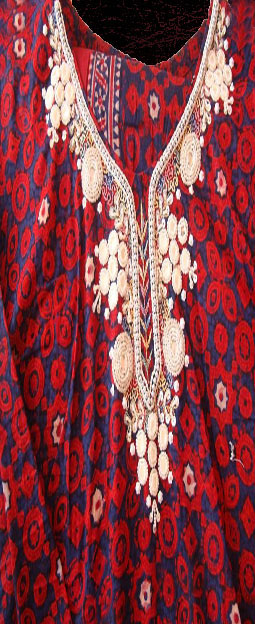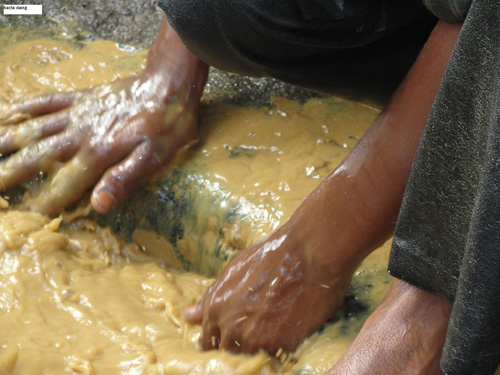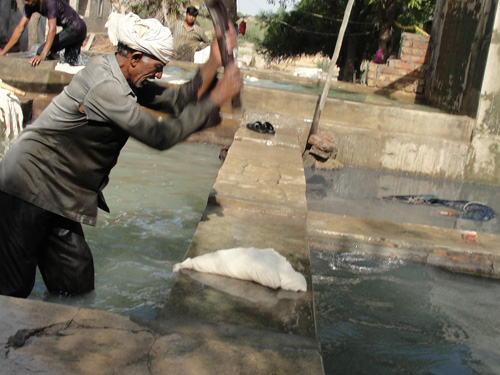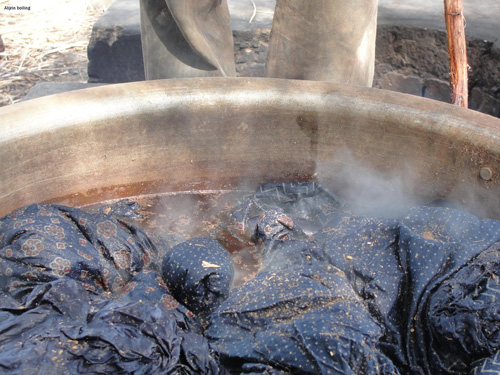Rajasthan Textiles

Ajrakh Printing
Reverse or resist Printing is the method where the pattern required is made on the fabric and then dye repellent is applied where color is not required. Then fabric is then immersed in the dye. After dying, the material attached to the fabric to resist the dye is removed. The edges of the resist areas get a tonal effect which is very light and soft. A paste is made up of different materials and it is used for the printing areas, which are required to resist the dye. Ajrakh prints were dominated by geometrical shapes and use intense jewel-like colours of rich crimson and a deep indigo, with black and white highlights.The name Azrakh is derived from ‘Azrak’, which means blue arabic and persian. This art has survived the passage of centuries. The making of ajrakh is lengthy and tedious and technical. someone who is new to this art needs to give ample amount of time to learn it and excel in its precise details The Khatri community has been engaged in this craft for centuries and the technique has been passed down and perfected through several generations. Now, however, only two such family units of Ajrakh printers still practice the craft in India.
Men Batana

In a mortar the gondh is pounded into granules then dissolved in water and is left to soak overnight.
> > More
Women Bichlana

The dyed fabric when dried is taken for a wash in clean water. The craftsman beats the fabric harshly.
> > More
Kids Gana

The craftsman prepares a bhatti for this process. Over it water is kept to boil. Meanwhile alizer mixture is prepared
> > More